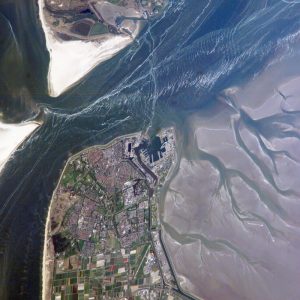
Additional information of the Room for the River program is available online at http://www.ruimtevoorderivier.nl/english/.
Since inception, the Dutch have implemented the Room for the River program across the globe, and other countries, like the Philippines [http://www.worldbank.org/en/news/feature/2014/10/08/a-paradigm-shift-for-guarding-delta-cities-against-floods], have developed similar strategies for flood mitigation.
Share this Post:
We provide Canadian educational resources on water practices to promote conservation and sustainability. Our team crafts current and relevant content, while encouraging feedback and engagement.
The Canada WaterPortal is a registered charity, #807121876RR0001
We recognize and respect the sovereignty of the Indigenous Peoples and communities on whose land our work takes place.
© 2025 All Rights Reserved.